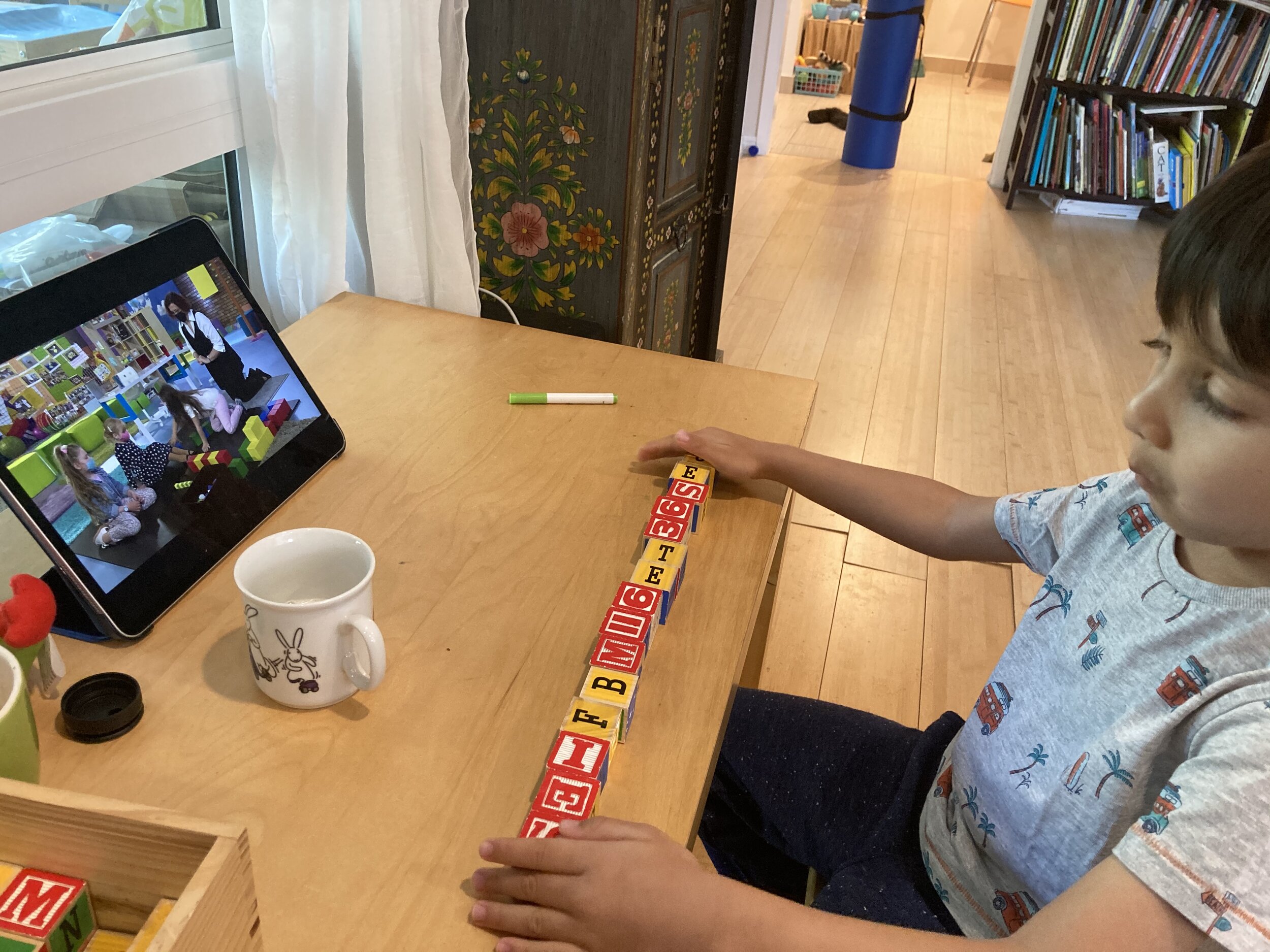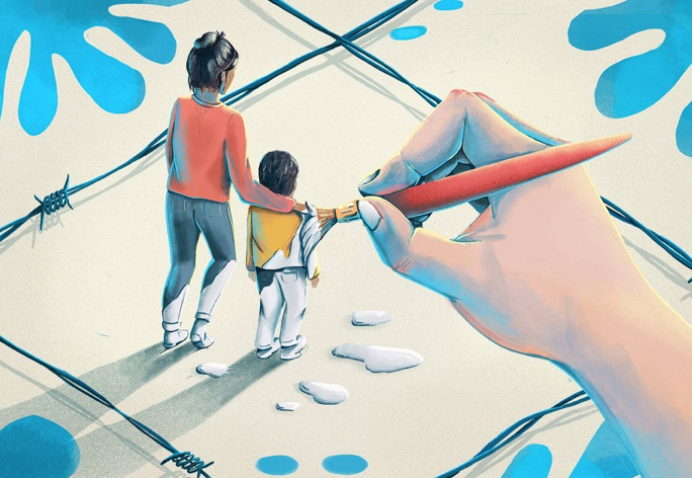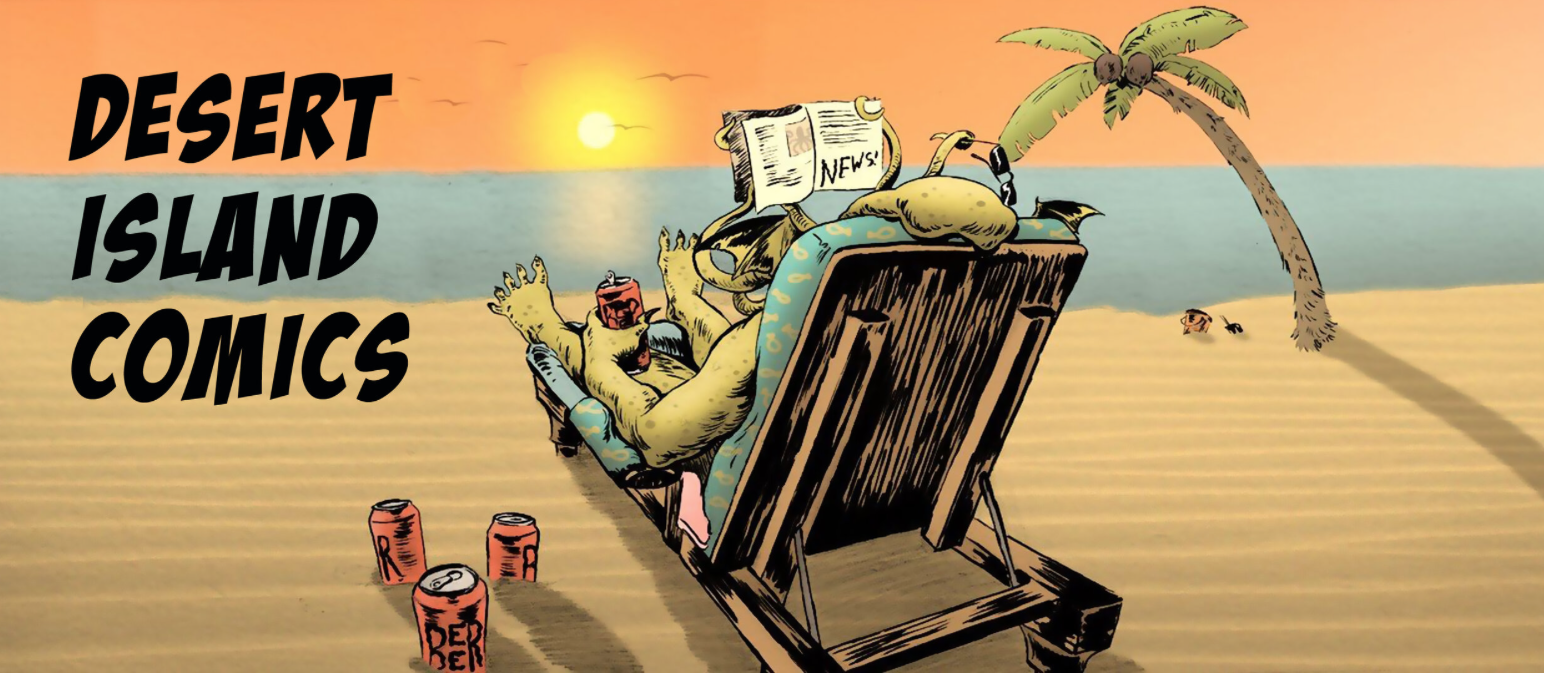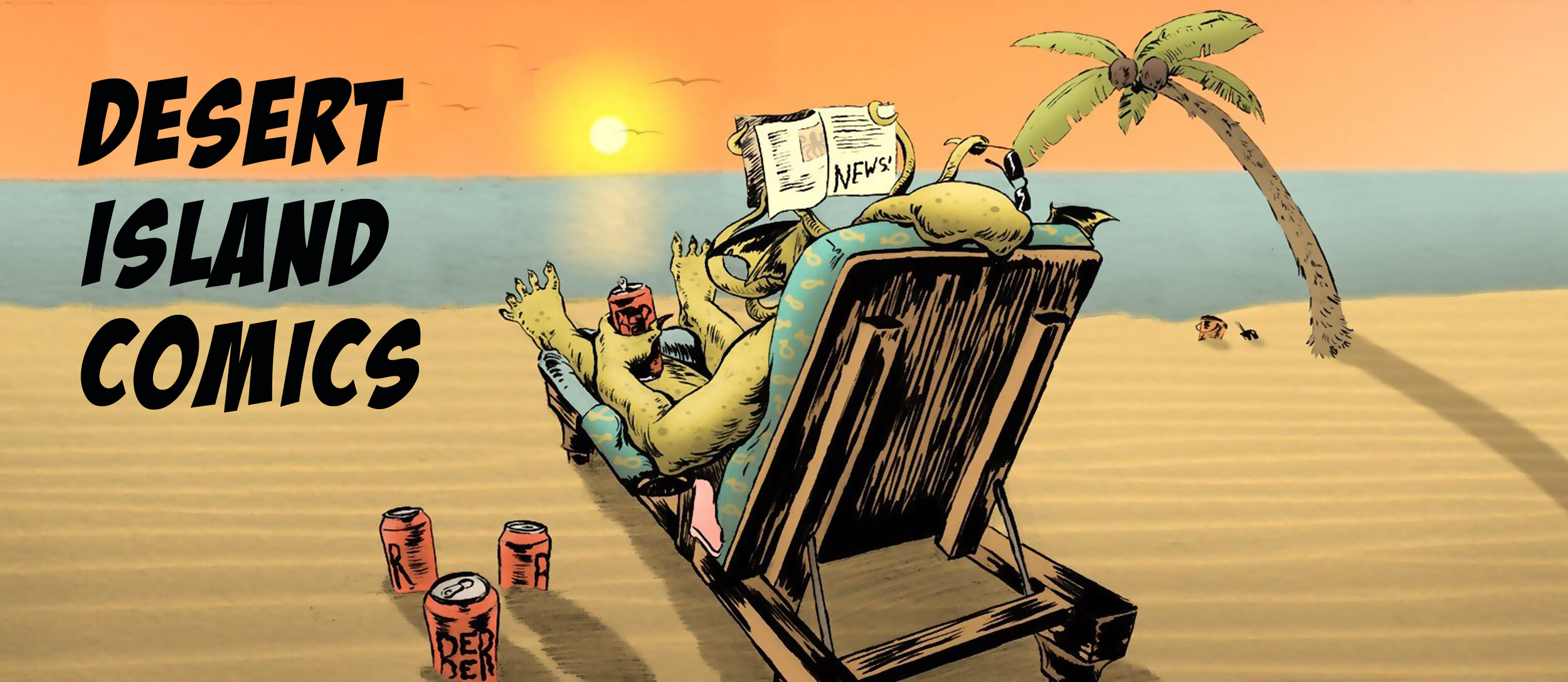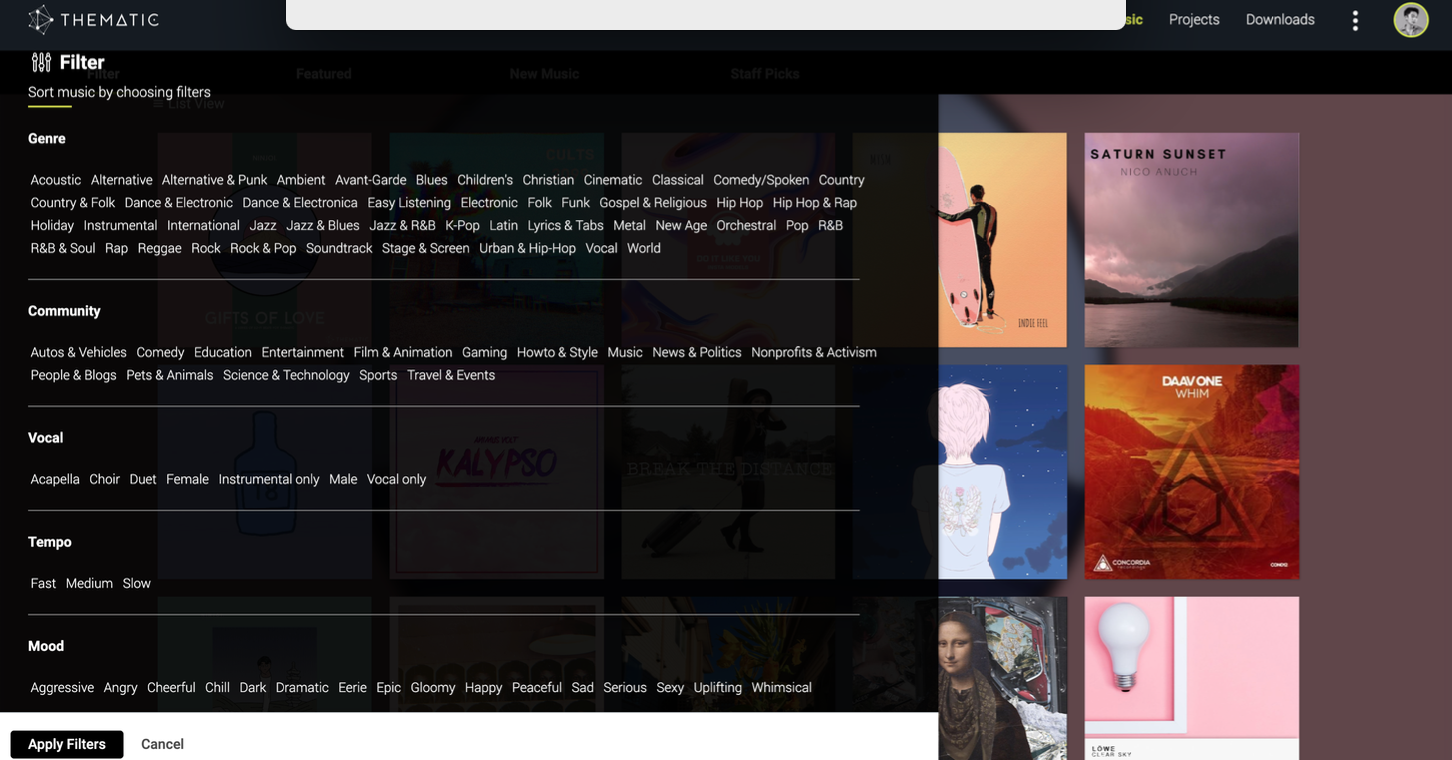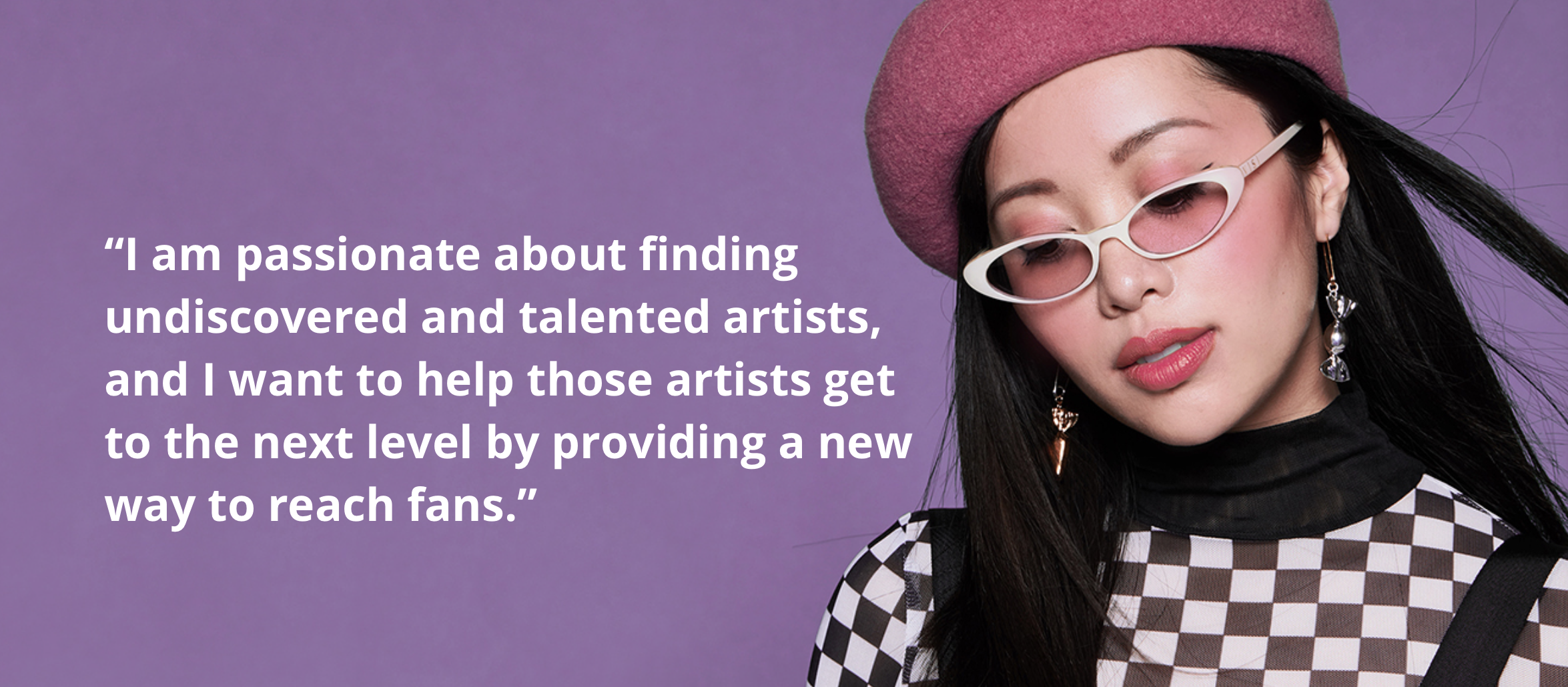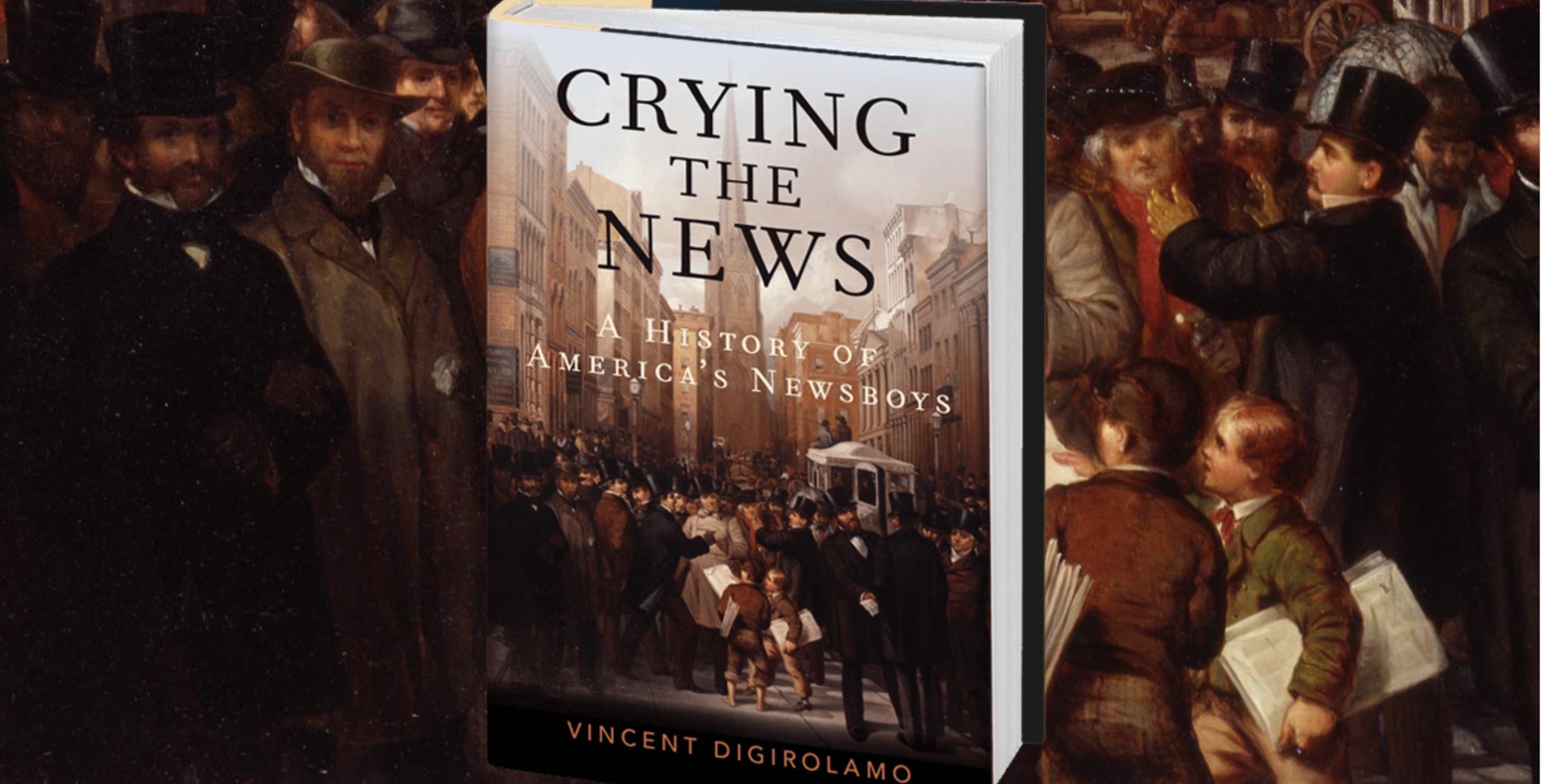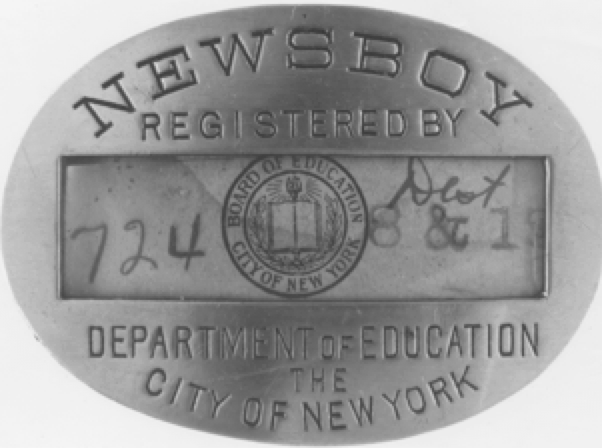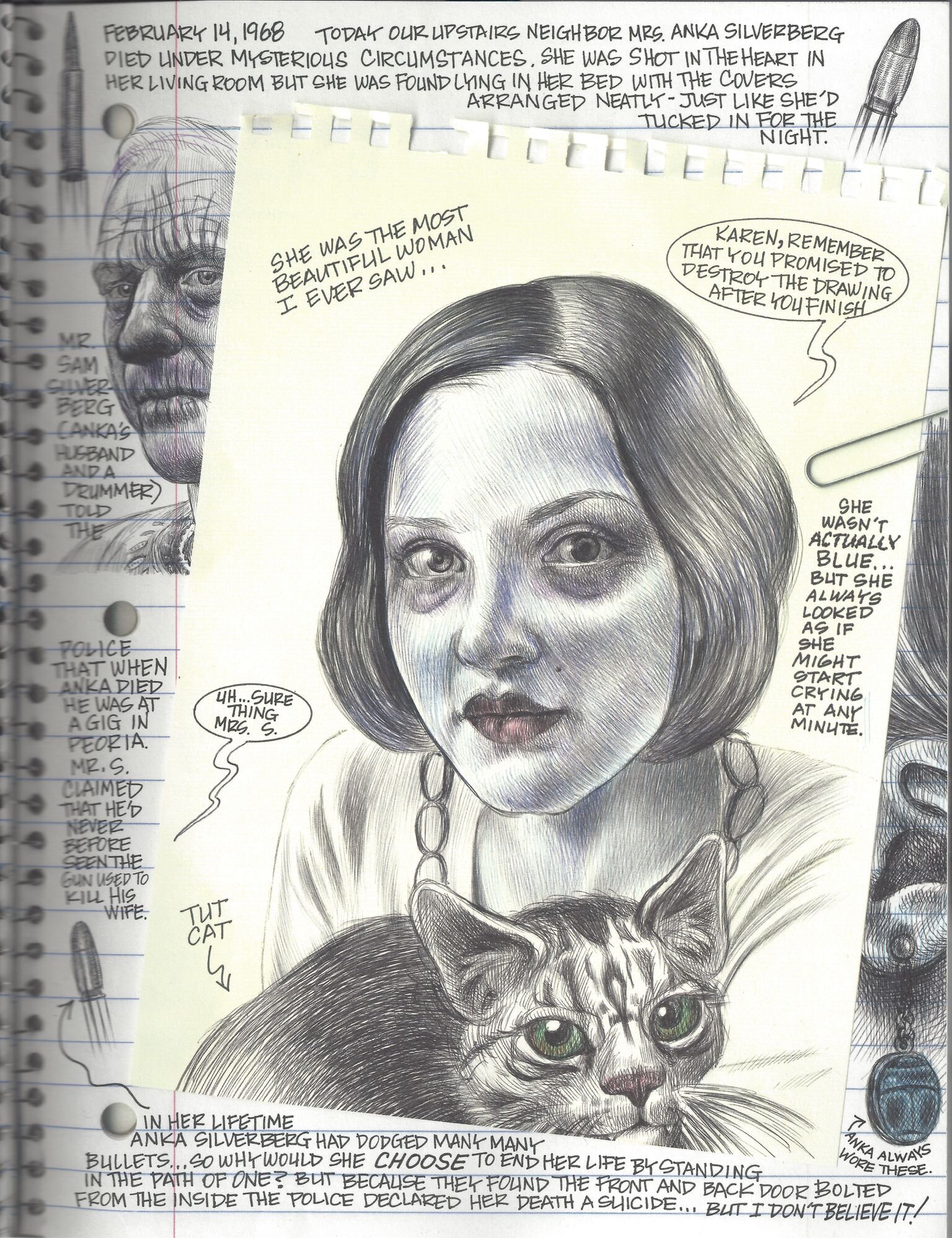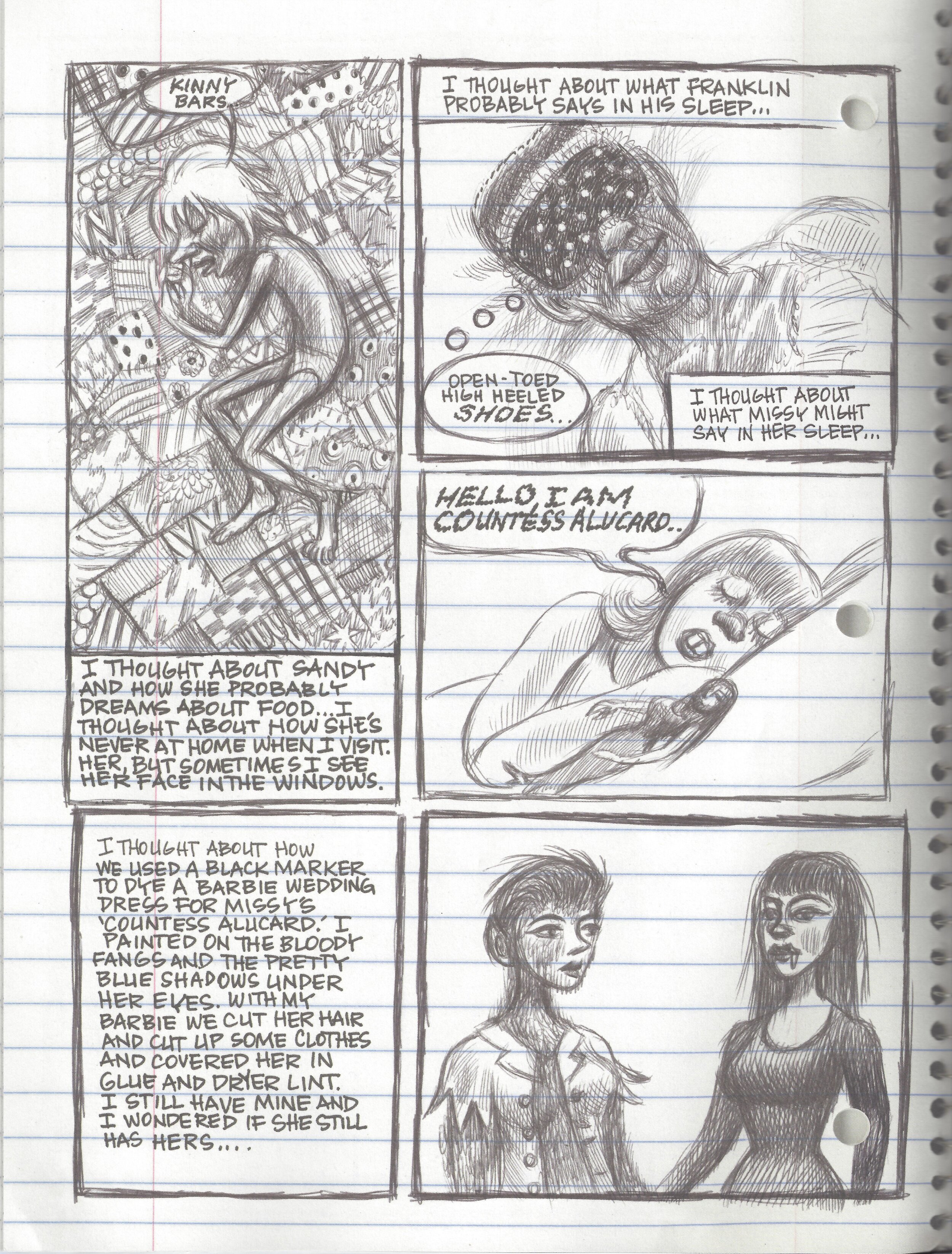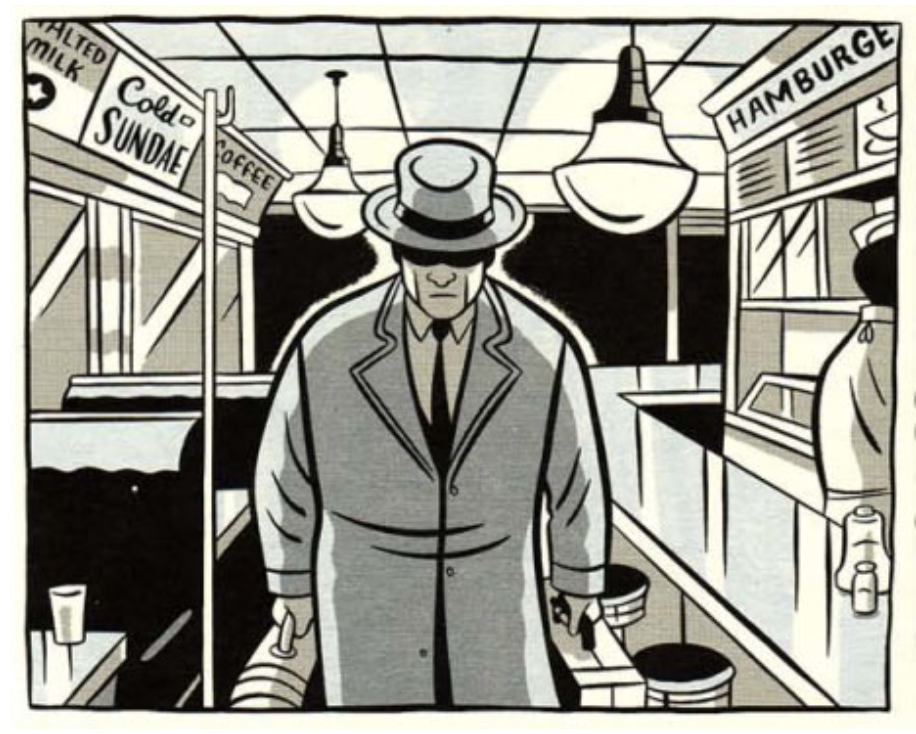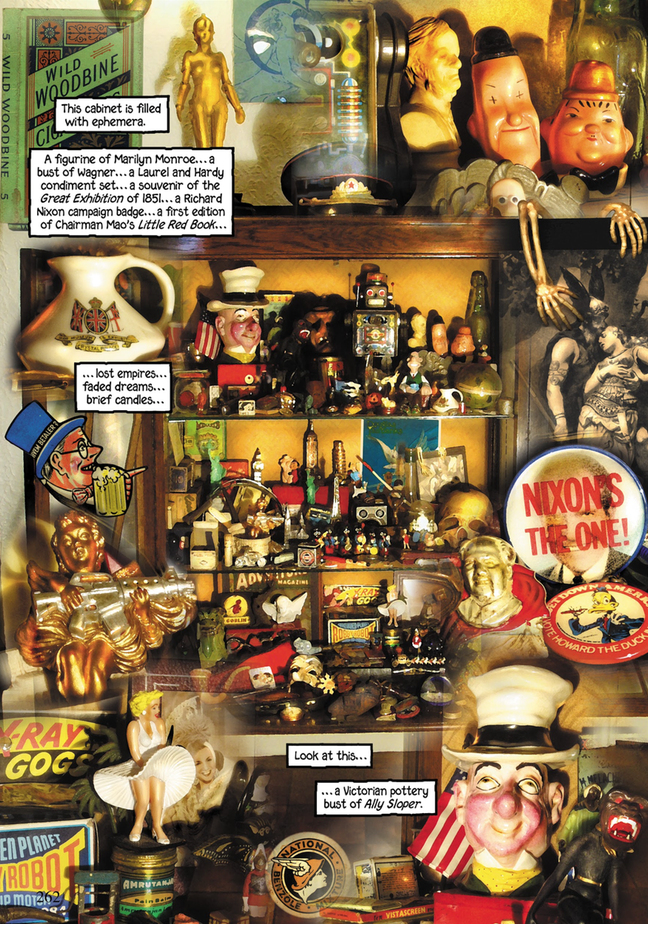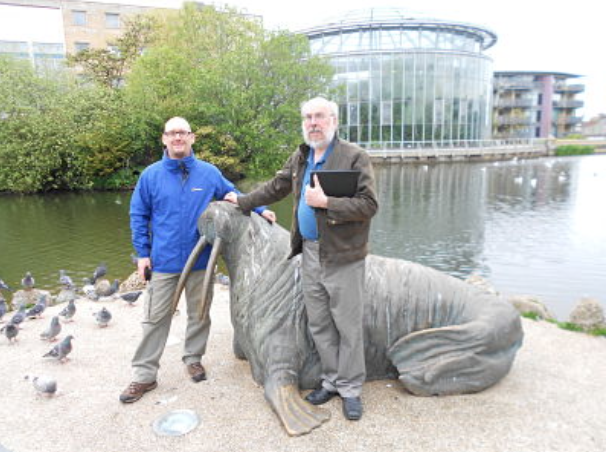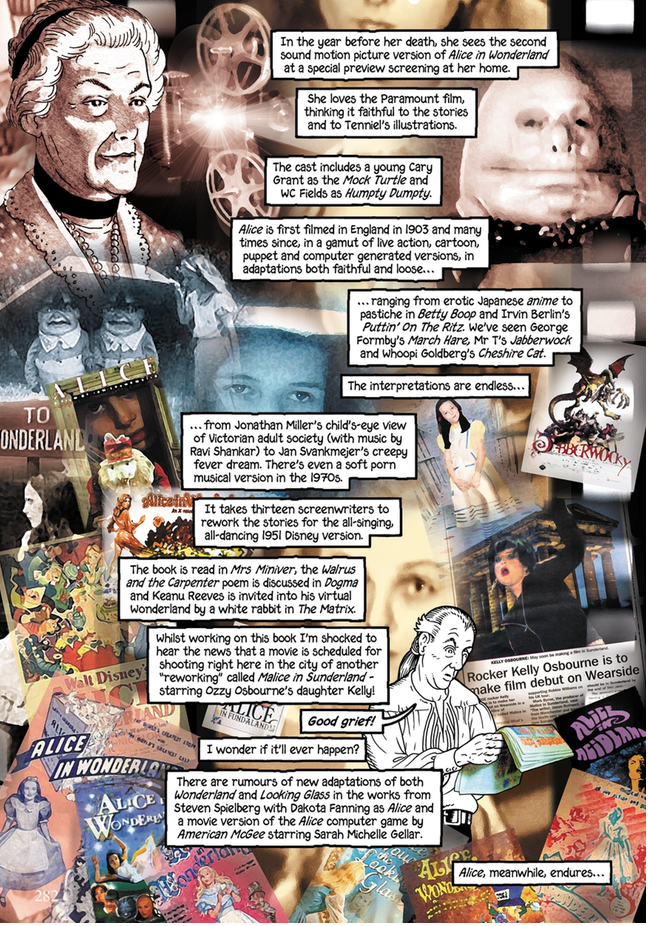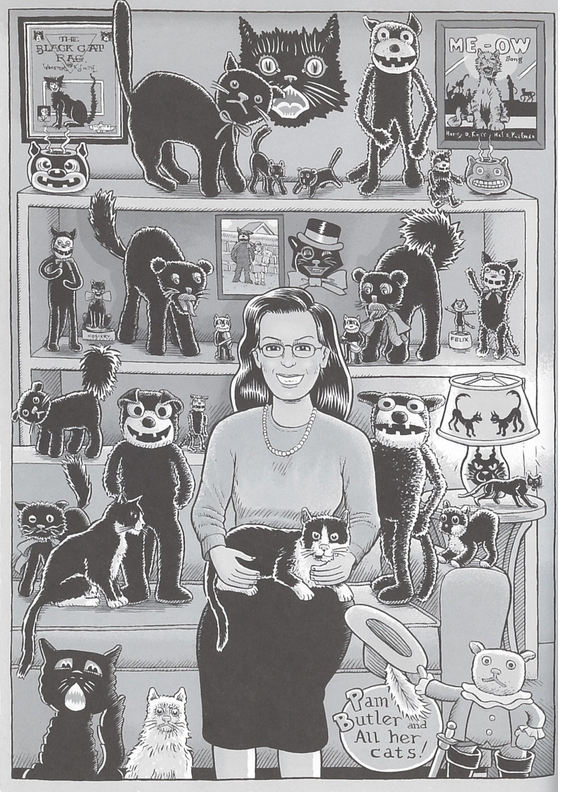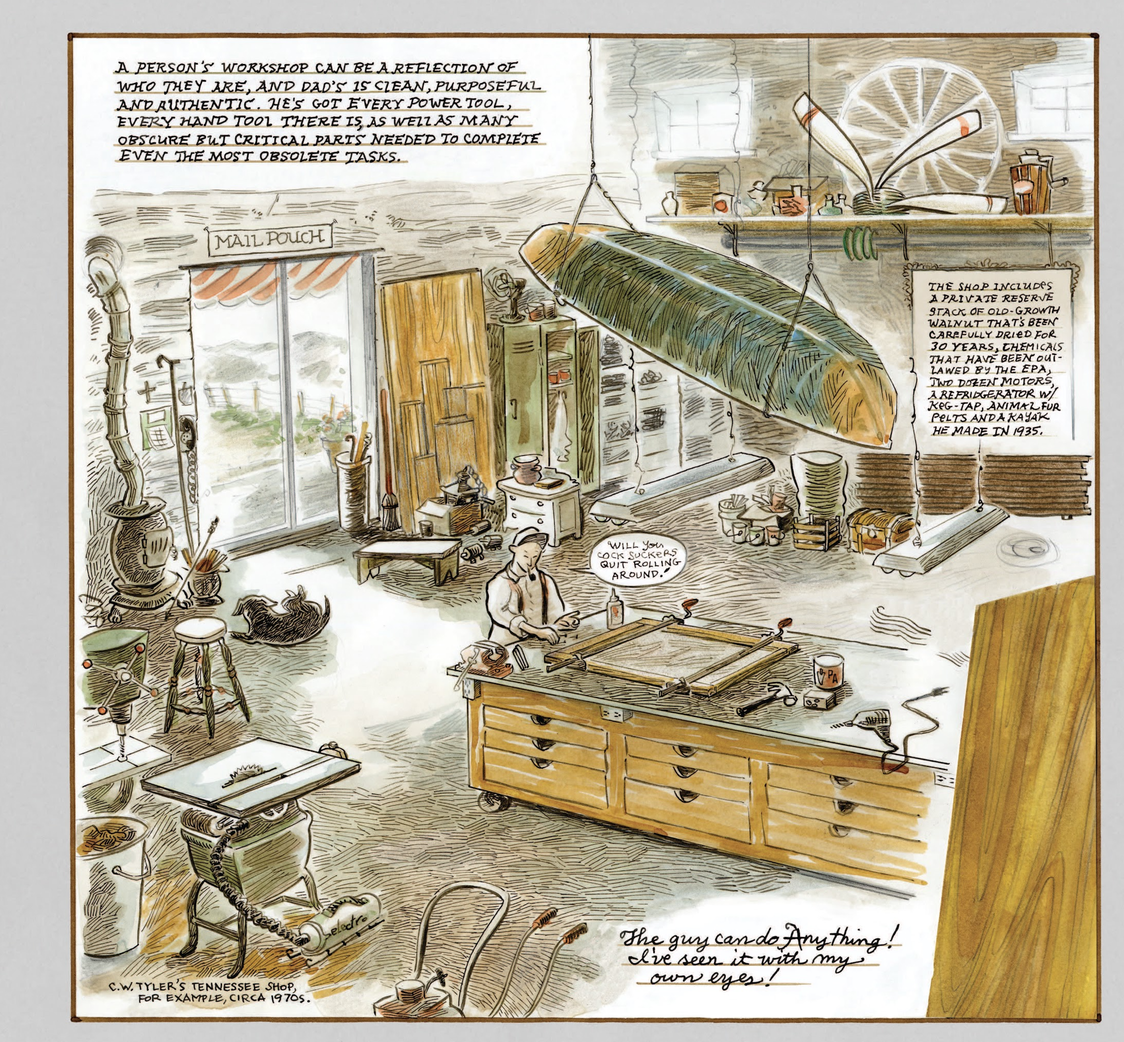Rethinking "Screen Time" In the Age of Covid 19 (Part One)
/This is the first of a series of exchanges where parents, teachers, and researchers share their insights about children and media in the era of Covid-19. How does the concept of “screen time” break down as we are all forced to conduct schooling, work, social relations, and every other aspect of our lives on line? Why is there a residual guilt that many parents are feeling about leaving their children alone with screens under these circumstances? How are people coping with the challenges of working, parenting, and home-schooling within the same limited real estate and same limited time frame? And how might we take advantage of this moment of profound disruption and discomfort in order to construct a new and perhaps better relationship with media in the context of our family life?·
Sangita Shresthova: As I started to think about media, parenting, and imagination in this moment, I was drawn to a seemingly common-place conversation I had recently with a friend, who is also a parent. We were chatting about current events, supporting each other through our concerns about our own parents, and commiserating on the challenges of having our children be at home all the time, when she suddenly exclaimed almost breathlessly that she felt she was doing one thing right in the midst of all this - she had pretty much eliminated all "screentime" for her kids. As a media scholar with an enduring commitment to the participatory and creative possibilities of media, I felt my body tense up immediately. She went on to explain that she had pretty much banned all shows, all media, all facetime, from her kids day. “Media is bad for them”, she argued. She then asked me how I was approaching this problem.
“Well”, I responded, “I find measuring screen time useless”. To me, the question isn't whether my five year old son is using a "screen". Rather I am interested in how he, my partner, and I are able to engage with media. My friend was clearly taken aback and shifted topics abruptly, leaving our conversation awkwardly unresolved. I never got to say all that I wanted to say on this topic.
So, I am going to use this blog conversation as an excuse to connect my personal experiences with parenting and media to my work on participatory culture and the civic imagination.
As a media scholar and practitioner whose work focuses on participatory cultures (think Bollywood dance fandoms), connected learning (think Lego clubs) and participatory politics (think Facebook supported DIY facemask making), I have a deep appreciation for how media can be helpful to communities, educators and others. Of course, I also realize that the challenges that surround our current media landscape and popular culture narratives are very real. In fact, our current work on the civic imagination explores how we may tap, complicate, and remix such narratives to ignite creativity to imagine how we may be able to tackle these, and other, issues.
The work and research I do has helped me take a more nuanced approach to thinking through media in my son’s life. This has been even more true over the past few months when my son’s life outside the home pretty much ceased to exist. Though handling all this is, by no means, easy, making sense of the ways that we can use media to connect, imagine, and learn has helped me and my family stay afloat.
For me and my family, the first days of California's shut down in March triggered a profound sense of isolation and disconnect. Like everyone, we had been abruptly severed from our daily routines. We also felt so, so far away from my family in the Czech Republic, which under normal circumstances was "just a few hours of flight time" away. In fact, we had suddenly woken up to the diasporic person's worst nightmare as the many miles that separate us from our loved ones had become an insurmountable distance overnight.
I was struggling. My son was struggling. My partner was struggling. Emotions were high. And, then, unexpectedly, Czech public broadcast television (Czech TV) came to our rescue.
Within days of the lockdown being implemented in the Czech Republic, Czech TV launched a Učí Telka, daily classroom based program for kids in grades 1-5. Pulled together overnight, the program was a valiant effort to provide continuity to children in the country who had, like my son, suddenly had to transition to being at home and not going to school. The build-it-on-the-fly ethos of the program was openly acknowledged by the moderators, teachers and students who were all learning how to do this while on air. As my son and I tuned in asynchronously everyday, we saw children like my son trying to keep their masks on. We also saw the teachers muddling through how to teach for a TV audience. We saw this confusion transform into resolve as the weeks went on. We too soon found our rhythm.
We learned how to complete the daily lessons. We enjoyed the TV show recesses. By the time the program ended in mid June, we felt connected to the imagined community that had formed around it.
Czech TV school is only one example of the many ways in which media has helped my family connect over the past months. There are the daily Facetime/Whatsapp storytelling calls that allow my son to spend time with his grandparents. There are also many shows that have sparked his imagination by connecting him to new ideas and information. The Smurfs, a cartoon centered on the village life of small blue creatures, taught him about appreciating every member of the community and inspired him to create imaginary scenes that push past the stories themselves. Wild Kratts, an animated television series that follows the wild life focused adventures of two brothers, inspired “what if” conversations about the animals, the brothers, and, most importantly, the antagonist Donita. I could go on.
In thinking my experiences, over the past weeks, I am really excited about this exchange. For me, parenting with and through media in the midst of a pandemic is about identifying opportunities for creative exchange, as well as, inspiring a sense of connection and community at this otherwise profoundly isolating time. Media has helped my family feel connected. It has encouraged dialogue, and has inspired our imaginations at a time when we desperately need to find ways to feel even a little hopeful.
Henry Jenkins: Sangita's phrase here, "parenting through media," captures something essential about the relationship to "screen time" we want to foster. Most of the time, people who mumble about reducing their children's "screen time" imagine parenting by media: that is, the media functions as an electronic babysitter, they imagine shifting their attention elsewhere and leaving their children to be a feral child of YouTube. This is something all parents do from time to time and they should not feel guilty for doing so if the alternative is to become overwhelmed and lash out emotionally at the children who, under the current circumstances, are constantly under foot.
But parenting through media requires a different set of parenting skills. First, the ideal may be some form of co-viewing where the parent and child are watching a program which provides each of them some degree of pleasure. The parent has the remote in their hand and is willing to stop, rewind, focus on specific details, and ask their children questions designed to prompt their own mental processing of the narrative. Children acquire skills by making sense of complex narratives, taking the perspectives of nuanced characters or distinguishing fiction from fact. They are best able to develop these skills if parents learn to "read" television the way they might read a picture book, even getting playful in asking questions that might take you well beyond what is on the screen. Such exchanges may form the basis for the development of media literacy skills within the home.
But, as Shelby Anne Wolf and Shirley Brice Heath discuss in their study of children's relationship with fictional characters, The Braid of Literacy, children's creative engagement with imaginary worlds ideally does not stop when the parent turns the television off. Again, writing specifically about printed books (and drawing sharp lines away from media and popular culture), Wolf writes about her daughter, "To Lindsey, reading was action and each part must be played. The words of the story were meant not to lie on the page but to leap off and rock back and forth in life." My experience as a parent was more or less the same except what excited my son was content he absorbed from television and films on VHS tapes.
Listen closely and you will hear phrases from the show enter their everyday speech. You will see them embody the character's personality using whatever props they have at hand. If they have action figures or other toys, they may expand the saga through introducing their favorite characters to characters from other series. I see action figures as authoring tools which empower users to reimagine and retell the stories that matter to them. When this happens, its clear that something has caught the child's imagination, that the program is providing them with resources to work through some of the emotional conflicts or social challenges they are facing at that moment of their development.
When my son was five or so, we developed the practice of trading stories. Some nights we would read him children's books or we would make up our own stories that incorporated his circumstances into the narrative. On other nights, we would ask him to make up stories. He would dictate and we would record on the computer every word he said. The challenge was to let the story remain his -- to let him work through whatever residue he had from the day and tap whatever resources he might draw from the culture around him. His stories were full of Pee-Wee Herman and He-Man, seemingly contrasting figures of masculinity which he drew upon to make sense of his own identity.
Those first stories are shapeless blobs which suck in details from all directions and are mostly descriptive or list-like. But in this process, you were hear how the child is making sense of the media they are consuming and how it relates to other life events. We would print out the stories, he would draw pictures or create collages of images cut from magazines and catalogues, and we would send them to his grandparents for their birthdays or holidays. He would have that chance to feel like an author of the culture around him. He would claim for himself the right to push beyond the ending or ret-con the core events in the character's life. It certainly mattered where his stories started so choose wisely what you introduce into your children's life, but know that when the child gets his hands on the story material, he will reshape it like Play-Doh to make it into the kind of story the child needs in their life at that moment.
As he grew older, we found that the characters on television allowed him to work through, in an indirect way, the issues he faced in his own life. As a family, we have remained committed to Survivor, which gave us a shared set of reference points for talking though social interactions with others at a time when he struggled with social anxiety and had trouble reading how other people related to him. We could talk through what kinds of social interactions produced positive and negative results, understanding the risks of different strategies and recognizing the choices that leaders made in relation to their communities. In his early 20s years, being able to talk about issues in the context of television provided a helpful buffer that would have been harder if we were talking about real people in his life. Perspective taking is a core aspect of emotional intelligence and so being able to step back, lower the risks, and explore different ways of working through problems in social interaction proved extremely valuable for him and for us. Sometimes, we realized he was talking about characters on the screen as a way to talk indirectly about his relationship with us and this made the social distance television provided crucial for avoiding more intense conflicts.
Coming back to where I started, I see these examples as suggestive of what happens when we parent through media, when we use it as a resource in our interaction with children, when we bring it under our control and engage with it on our own terms. Right now, the closure of most real world spaces forces us to work and socialize through technology, so prohibitionist responses make no sense, if they ever did. How do you restrict "screen time" when Mom and Dad spend their entire day working via Zoom Calls and when schooling online remains the safest way to protect your child from the pandemic? No, the goal is not to restrict "screen time" but to use “screen time” in a way which makes sense in the context of your own family life.
Susan Kresnicka: At a family dinner a few years ago, I asked my daughter’s best friend about her Disney fandom. I had known about her love for all things Disney (especially the Princess movies) for quite some time, and, as I was in the middle of conducting a year-long study of fans and fandom, I just couldn’t pass up the opportunity. About 12 years old at the time, she described expansively the themes she saw in the movies, considering what they suggested about gender, family bonds, and individuality. She spoke about the close friendships she had made with other fans she had met online and the way her experience as a fan was helping her reflect on her own potential. I was fascinated and overjoyed by the conversation. Towards the end, my daughter’s friend uttered, what seemed to me, a surprising statement: “No one has ever asked me about any of this before.” When I inquired as to whether she ever discussed her fandoms with her parents, she told me, “No, they just call it ‘all that teeny bopper stuff’.”
That discussion has stuck with me. Time and again, my work affirms how deeply we value the entertainment we love, how much meaning it brings to our lives, and how fulfilling it can be to share our entertainment fandoms with our loved ones. Additionally, as a parent, I couldn’t imagine not sharing with my children something so important to them. My daughter’s friend’s parents had missed out on the enriching experience I had with their daughter because they considered her Disney fandom ‘frivolous.’
Frivolous. Waste of time. Mindless. Boob tube. Rotting your brain. As we know, the criticisms typically leveled against entertainment run the gamut from being dismissive of the real value it offers to fearful of the perceived damage it can cause – especially among children. And while boundary-setting around media and entertainment plays an important role in parenting, exclusively focusing on control obscures the bigger picture. Not only will our tech-savvy kids eventually find work-arounds, but such strict policing may be implicitly teaching our children that media consumption can be inherently shameful, something to hide. And, if children feel they need to conceal their entertainment and media consumption from their parents, how likely is it that they’ll seek us out when their favorite content inevitably provokes questions and concerns?
When we don’t appreciate the role of media and entertainment in our own lives, we are less likely to appreciate the role it plays in our kids’ lives – and we are more likely to miss out on invaluable opportunities to connect with them. To talk openly and meaningfully, to learn what they care about, to understand their everyday experiences, and, importantly, to help them process their encounters with media.
So, what would a more open and mindful approach to parenting around media and entertainment look like? How can we help our kids reflect and think purposefully about the content they encounter? First of all, ‘media literacy’ may sound like a topic for the school classroom, but I believe that’s a misconception. The best opportunities for this kind of ‘coaching’ happen outside of school, at home, where kids consume content in everyday life. Furthermore, the last thing we want to do is turn this kind of critical thinking and learning into a homework exercise. If kids see ‘understanding media’ as a threat to their enjoyment of it, they’ll be less likely to embrace it. Finally, like so many things, our kids learn how to relate to media and entertainment by watching us. If we don’t model a mindful approach at home, will our kids really believe it matters?
With that in mind, we can begin by asking ourselves how entertainment and media operate in our own lives:
• When and why do we engage with it?
• How do our media choices relate to our feelings? Our social relationships? Our understanding of who we are?
• How might these answers shift depending upon the type of media or entertainment genre we’re considering?
• About which types of media experiences do we feel the most pride? Judgment? Guilt? Ambivalence? Connection to others? Isolation?
Beyond reflecting upon the role of media in our own lives, I’ve always found one question incredibly powerful in helping develop a more mindful approach to media: why does this content exist? When we stop for a moment and ask ourselves – and teach our children to ask – this question, we immediately create distance from the content. We frame it as an object of inquiry and curiosity rather than something we mindlessly absorb. Likewise, when we pose this question to our kids about their favorite entertainment, we open up a dialogue and opportunities for connection.
With the door open, we can also create more moments of connection over specific content. We can share shows and movies that convey the values and ideas we most want our children to embrace and, perhaps, even share with their children one day. In my research on family fandoms – fandom that is shared by children and parents (and sometimes even grandparents and extended family) – a shared love for specific content creates an array of benefits for all involved: the transmission of important values, a focal point for shared ideas and experiences, a way to make memories together, and opportunities for ritual and symbolic representation of that which bonds us together.
My work has taught me that media and entertainment consumption helps us meet core human needs for self-care, social connection, and identity. In many instances, our children are already receiving these benefits from their favorite content. Demonstrating to our kids that we care about how entertainment makes them feel, how it helps them belong, and how it helps them understand and express who they are is a great privilege. And it’s an undertaking that can strengthen family bonds and empower our kids to develop critical thinking skills that will serve them throughout their lives. Rather than operate narrowly as a site of anxiety, media and entertainment can become a springboard for powerful connection and expansive thinking.
BIOS
Henry Jenkins is the Provost’s Professor of Communication, Journalism, CInematic Arts and Education at the University of Southern California and the founder and former co-director of the MIT Comparative Media Studies Program. He has been a dedicated advocate for media literacy education, recently receiving the Jesse McKanse award for his life-time contribution to this field, including the publication of Confronting the Challenges of a Participatory Culture: Media Education for the 21st Century which helped to launch the MacArthur Foundation’s Digital Media and Learning Initiative. Subsequent work here included Reading in a Participatory Culture and Participatory Culture in a Networked Society. His other work on children and media includes The Children’s Culture Reader and From Barbie to Mortal Kombat: Gender and Computer Games. He is currently writing a book which examines children’s media of the 1950s and 1960s in light of shifting understandings of childhood in Post-War American culture. His most recent books include Participatory Culture: Interviews, Popular Culture and the Civic Imagination: Case Studies of Creative Social Change and Comics and Stuff.
Sangita Shresthova is the Director of Research of the Civic Paths Group based at the University of Southern California. Her work focuses on intersections among online learning, popular culture, performance, new media, politics, and globalization. She is also one of the authors of Popular Culture and the Civic Imagination: Case Studies of Creative Change (2020) and of By Any Media Necessary: The New Activism of Youth (2016), both published by NYU Press. Her earlier book on Bollywood (Is It All About Hips?) was published in 2011 by Sage. She is one of the creators of the Digital Civics Toolkit (digitalcivicstoolkit.org), a collection of resources for educators, teachers and community leaders to support youth learning. Her own artistic work has been presented in academic and creative venues around the world including the Schaubuehne (Berlin), the Other Festival (Chennai), the EBS International Documentary Festival (Seoul), and the American Dance Festival (Durham, NC). She enjoys engaging with diverse communities through her workshops, lectures and projects. sangitashresthova.com
Founder and president of research firm KR&I, Susan Kresnicka is a cultural anthropologist with over 18 years of experience in the commercial sector. Specializing in foundational research to establish core human drivers for consumer behavior, Susan has led large-scale, multi-modal research projects for a range of industries. A student of fandom for more than a decade, Susan has conducted fan research for a variety of iconic entertainment IP brands, sports teams, and brands built around passionate hobbyists. Whether she is studying fandom or another topic, Susan specializes in tying consumer behavior to core human needs, allowing clients to establish more enduring and meaningful bonds with the people upon whom their commercial success relies. Susan holds an M.A. in social anthropology from The University of Texas at Austin, sits on the professional advisory board for UCLA’s Master of Social Science program, and regularly speaks publicly on fandom, gender, morality, identity, and the value of anthropology in business. Her work has been covered in The New York Times, The Los Angeles Times, Forbes, Variety, and more. kresnickaresearch.com

